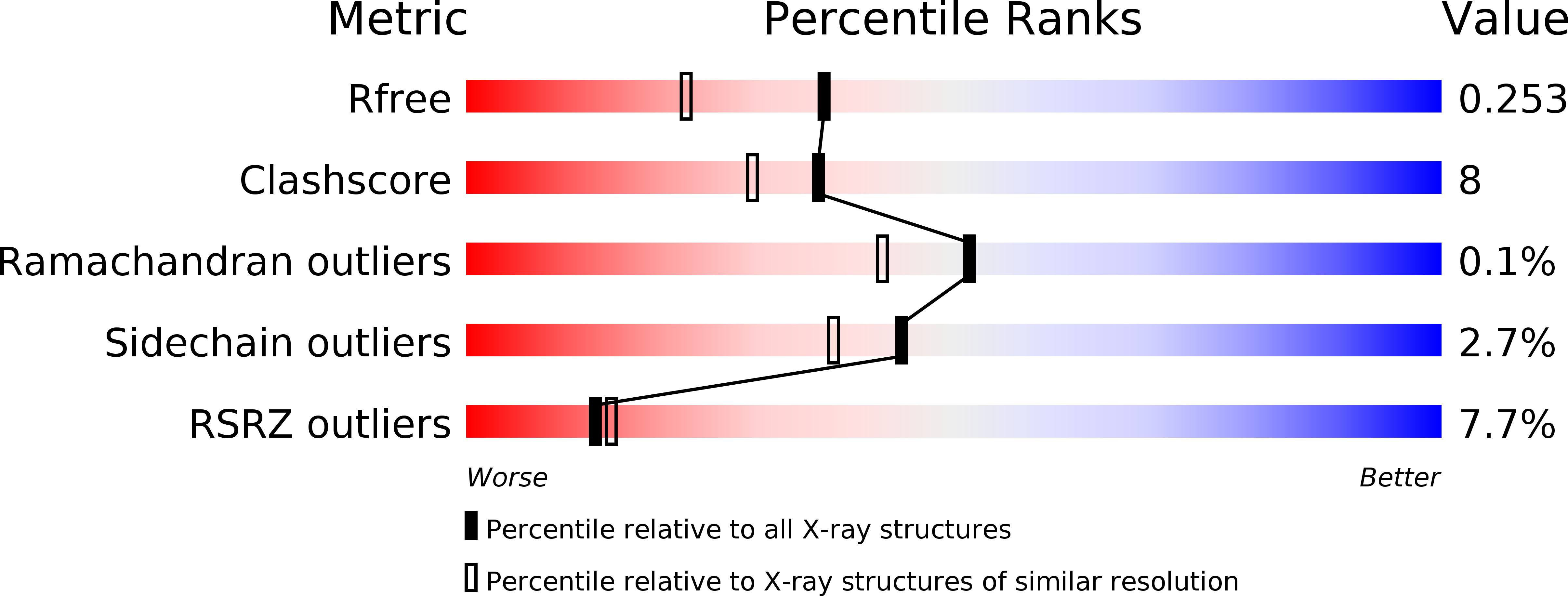
Deposition Date
2005-03-24
Release Date
2005-08-02
Last Version Date
2023-08-23
Method Details:
Experimental Method:
Resolution:
1.90 Å
R-Value Free:
0.25
R-Value Work:
0.21
R-Value Observed:
0.21
Space Group:
C 1 2 1


